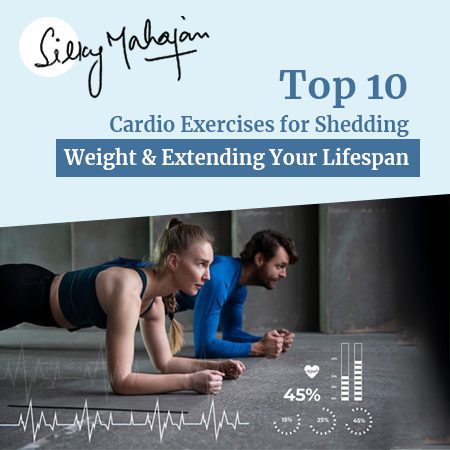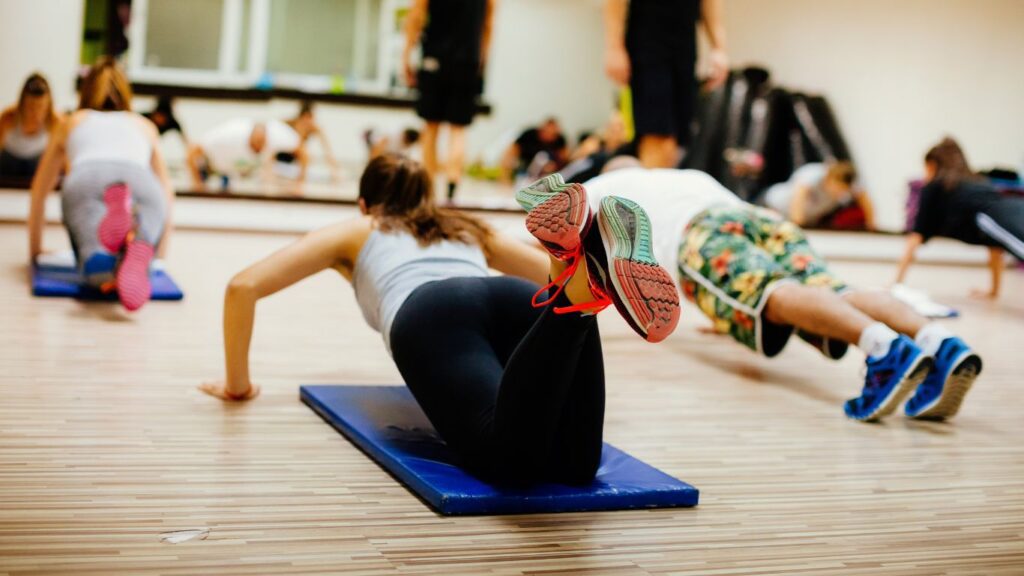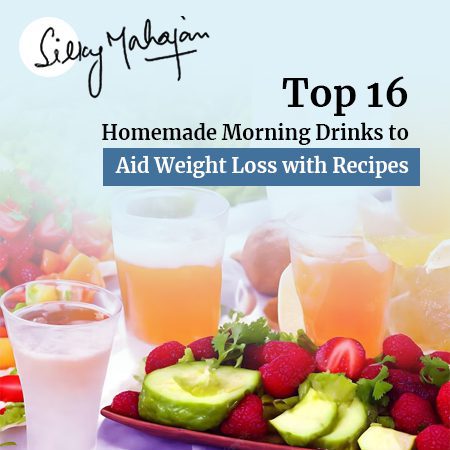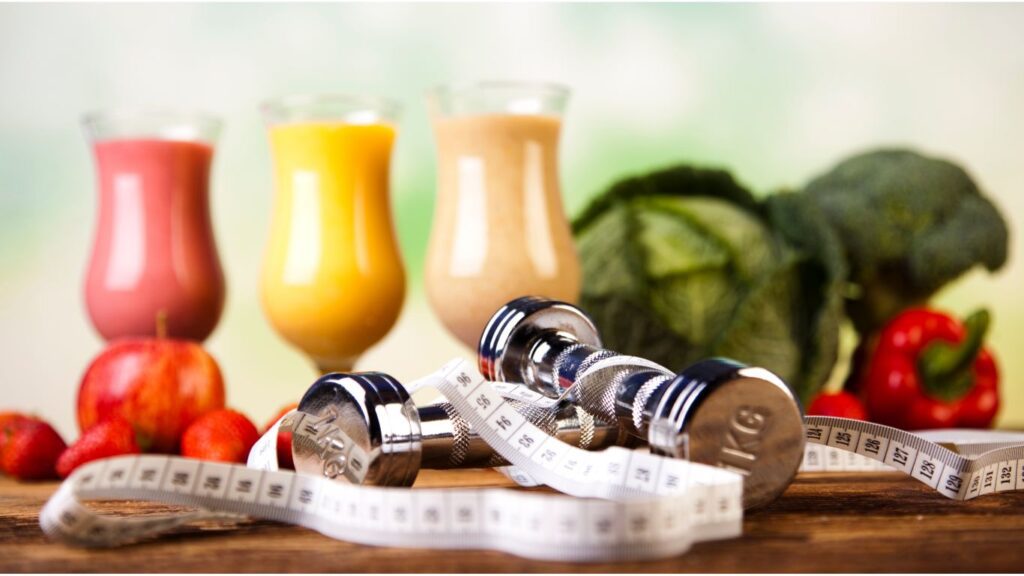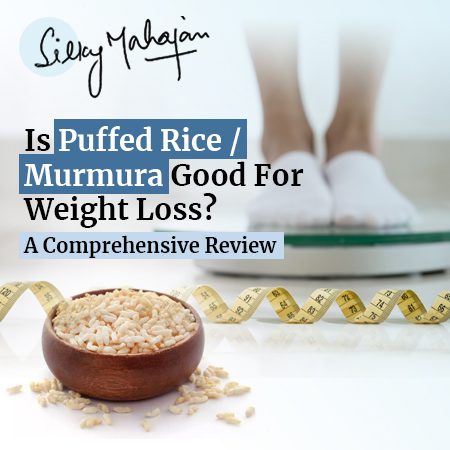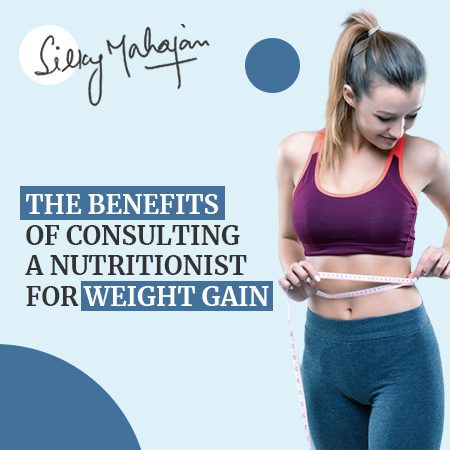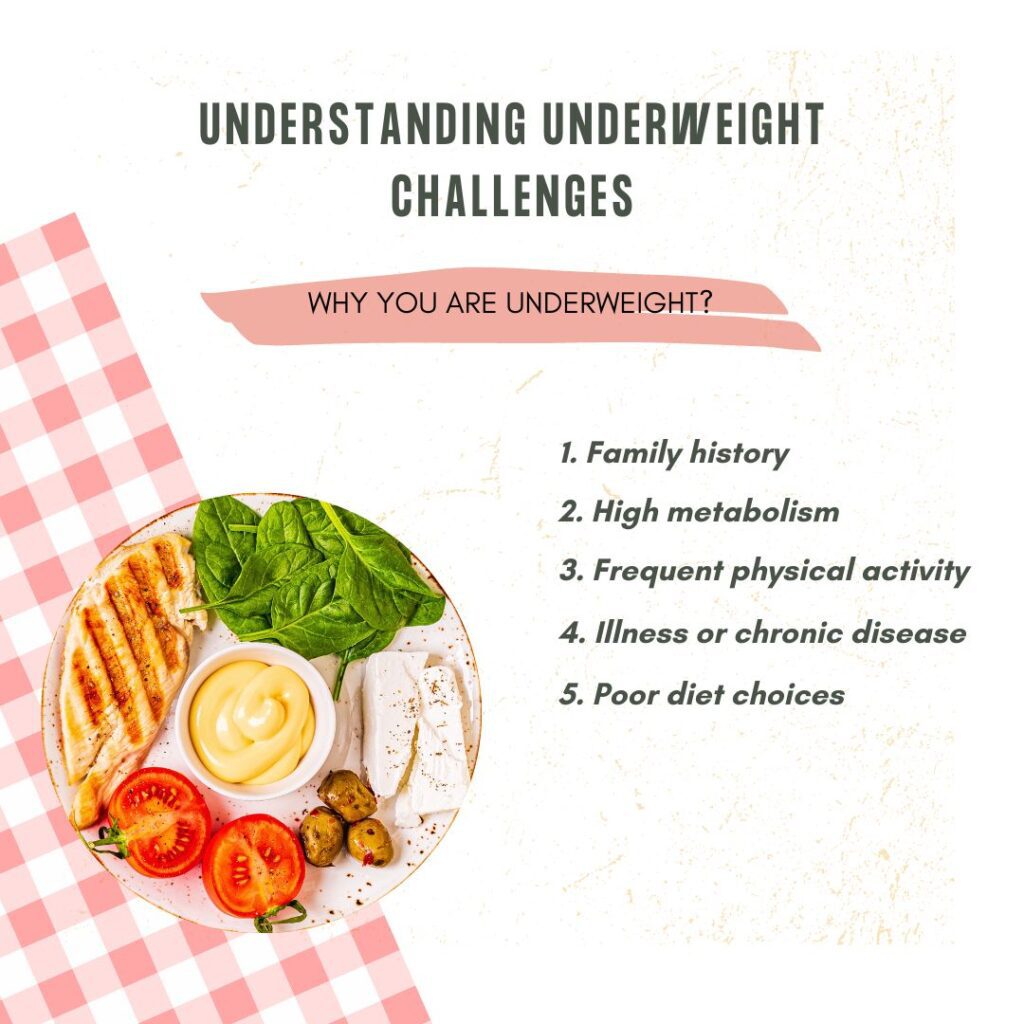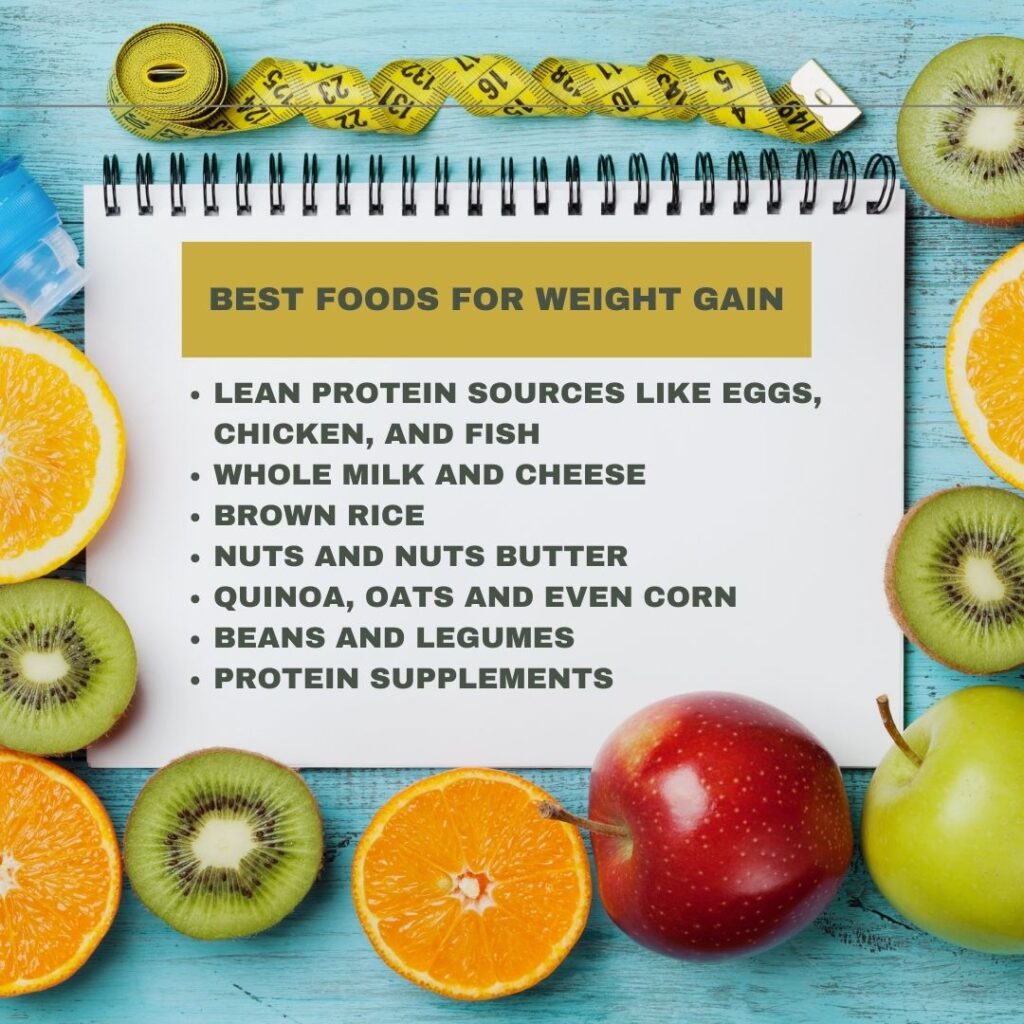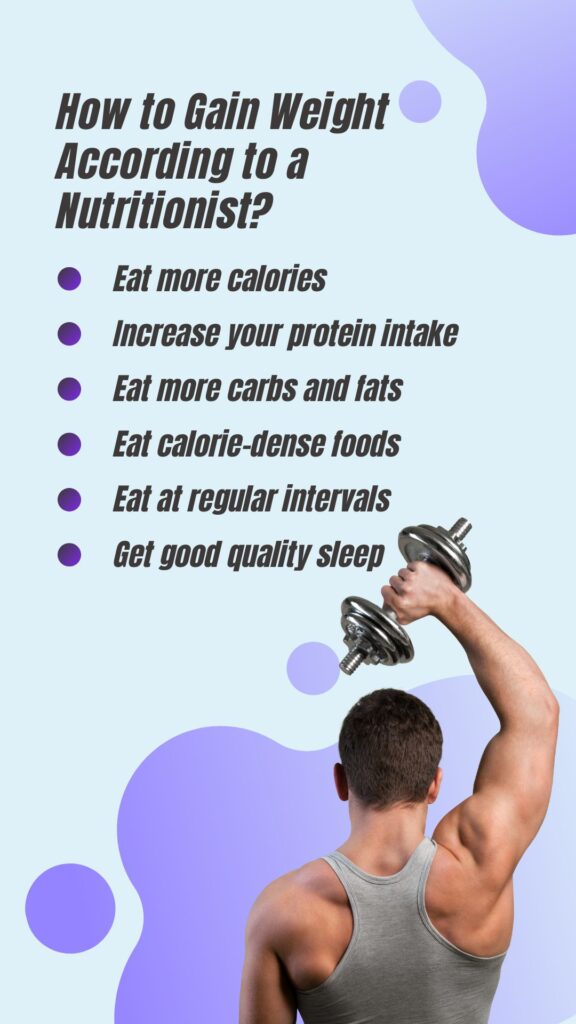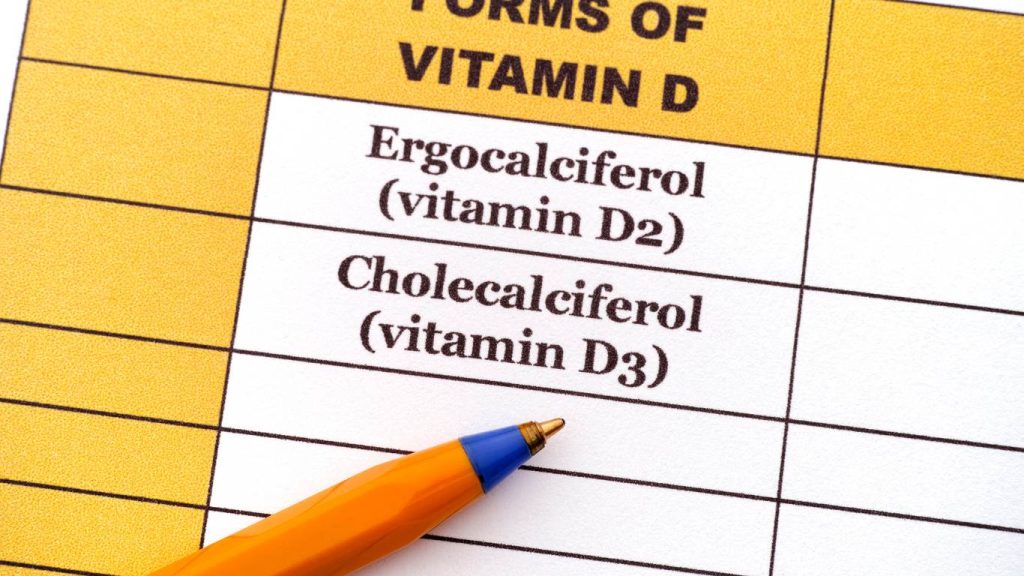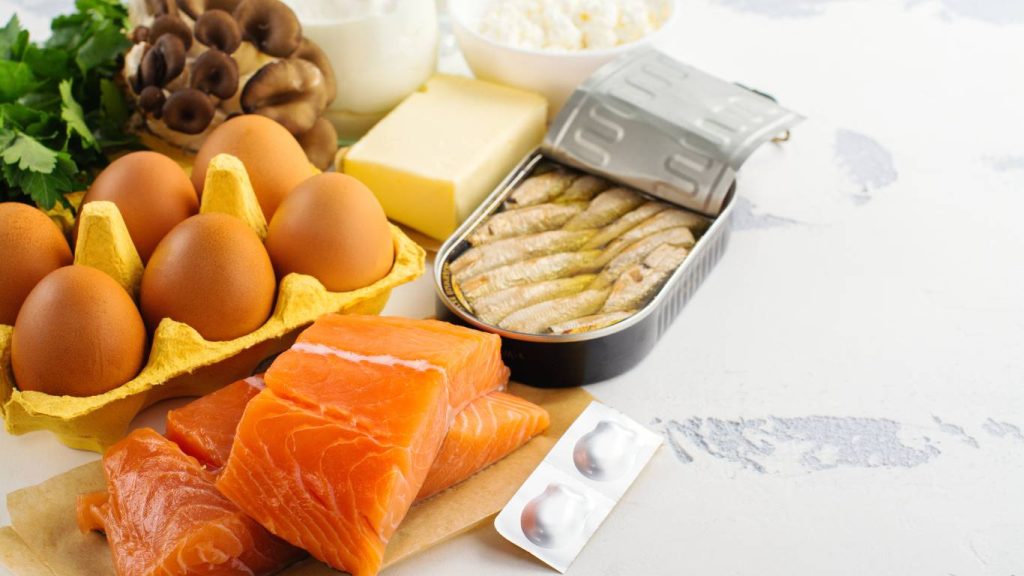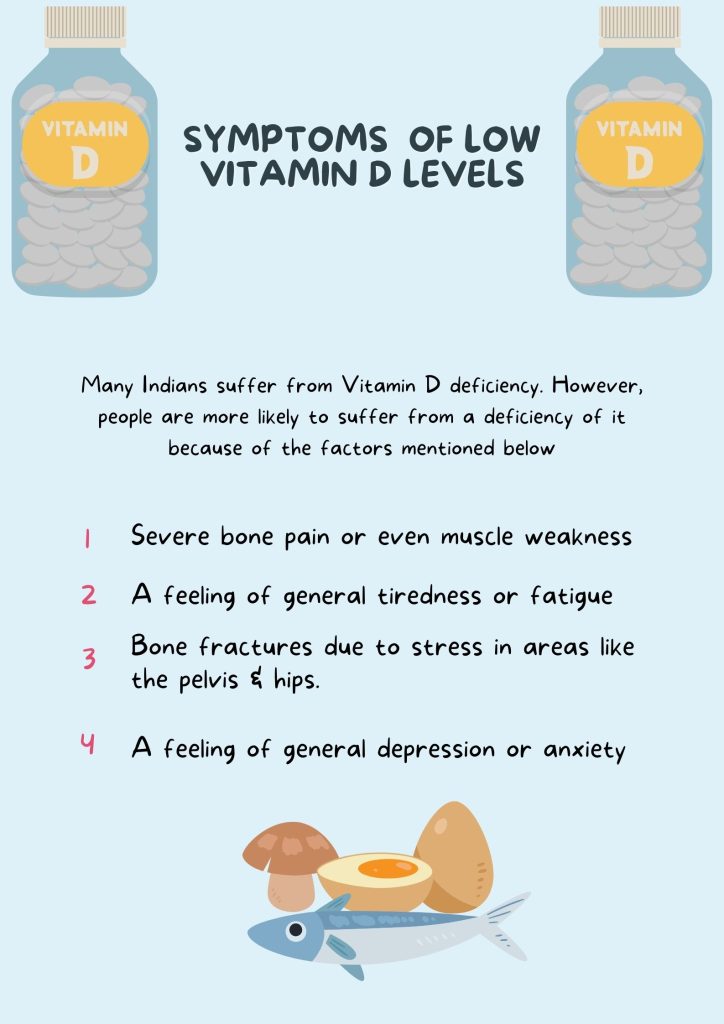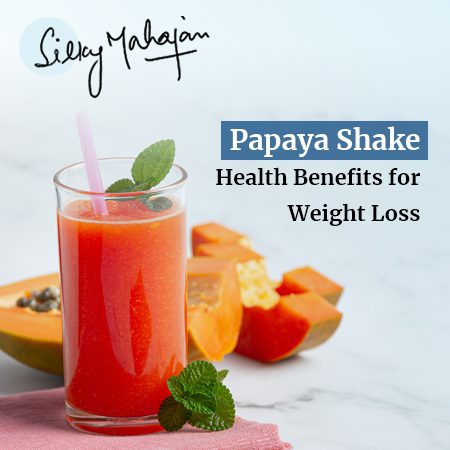
Discover the benefits of papaya shakes for weight loss! Learn how this tropical delight helps in reducing weight and enhancing overall health.
Papaya is a delicious and nutritious tropical fruit that is filled with Vitamin C and other antioxidants.
Named aptly as the “Fruit of the Angels” by Christopher Columbus, papaya is one of the healthiest fruits you can lay your hands on.
And what’s more, since it’s low in calories, it can be a great addition to your weight loss journey.
You can also make a delicious papaya shake at home and enjoy the goodness of this fruit, all while reaping its weight loss and health benefits.
Oh, and did we tell you that papaya contains a digestive enzyme that bids goodbye to all your digestion woes?
Read on to discover the top papaya shake benefits and find out more about this incredibly versatile fruit that can be your perfect companion in your weight loss journey.
Health benefits of papaya shake

Papaya is packed full of fibre, protein, vitamins, and nutrients. Thus, it can be an extremely healthy fruit to have. Below, let’s look at some of the top health benefits of papaya.
Healthy routine is crucial to lead a healthy life – Silky Mahajan
1. Helps in digestion
Papaya contains a type of enzyme called papain, which helps break down proteins in your stomach. This makes it easier for you to digest food and also helps avoid gastrointestinal problems.
2. Boosts immunity
Papaya is rich in vitamin C, which helps strengthen your immune system and also protects you from illnesses.
3. Healthy skin
There are also incredible benefits of papaya shakes for the skin. Papaya has vitamin A and antioxidants which improve your skin’s appearance and texture while providing a healthy glow.
4. Improves eye health
Papaya contains vitamin A and beta-carotene, which are good for your eyes and may lower the risk of age-related eye problems.
5. Helps in weight loss
Papaya is low in calories and contains a high amount of fibre. This can manage your weight and also help you feel full for a long time.
Moving on, let’s look at the nutritional value of papaya shake and its calorie content.
Papaya shake nutrition & calorie content

Papaya shake can be made by removing the skin of the fruit and then cutting it into small pieces. Once done, you can place the pieces inside a blender and add a cup of water. After blending for 30 secs, your delicious papaya shake is ready.
Dietitians recommend having your papaya shake without any milk or sugar/honey to reap papaya shake benefits for weight loss. Otherwise, it can be calorie-dense and will not suit your weight loss goals.
Now, let’s look at the nutritional value of a papaya shake made with just water.
A small papaya (152 gms) contains:
- Calories: 59
- Carbohydrates: 15 grams
- Fiber: 3 grams
- Protein: 1 gram
- Vitamin C: 157% of the RDI
- Vitamin A: 33% of the RDI
- Folate (Vitamin B9): 14% of the RDI
- Potassium: 11% of the RDI
Papaya also contains a type of antioxidant called carotenoids, which imparts its distinctive orange color.
Does papaya shake help in weight loss & burn belly fat?
Papaya shakes can be a part of your weight loss plan. However, you shouldn’t depend on it solely to lose weight, and incorporate it with a healthy and balanced meal and diet plan.
Some ways through which papaya can contribute to weight loss are:
1. Low in Calories
Papaya is low in calories, which can help you manage your overall calorie intake when you include it in your diet.
2. High in Fiber
Papaya contains fibre, which can help you feel full and satisfied. This also reduces the chances of you overeating.
3. Rich in Nutrients
It provides essential vitamins and minerals, making it a nutritious choice as part of a balanced diet while you are cutting calories.
How To Consume Papaya For Weight Loss?
Papaya can be an important addition to your weight loss plan. You can choose to have a papaya shake after a meal so that it helps with your digestion. You can also have papaya shake as a healthy snack whenever you feel hungry.
Starting your day with a papaya shake first thing in the morning can kick-start your metabolism and provide your body with the nutrients and vitamins it needs.
However, it is important to remember that you don’t add any sugar/honey or even milk to your papaya shake as they can make it calorie-dense, and contradict your weight loss efforts.
Sample Papaya homemade shake recipe
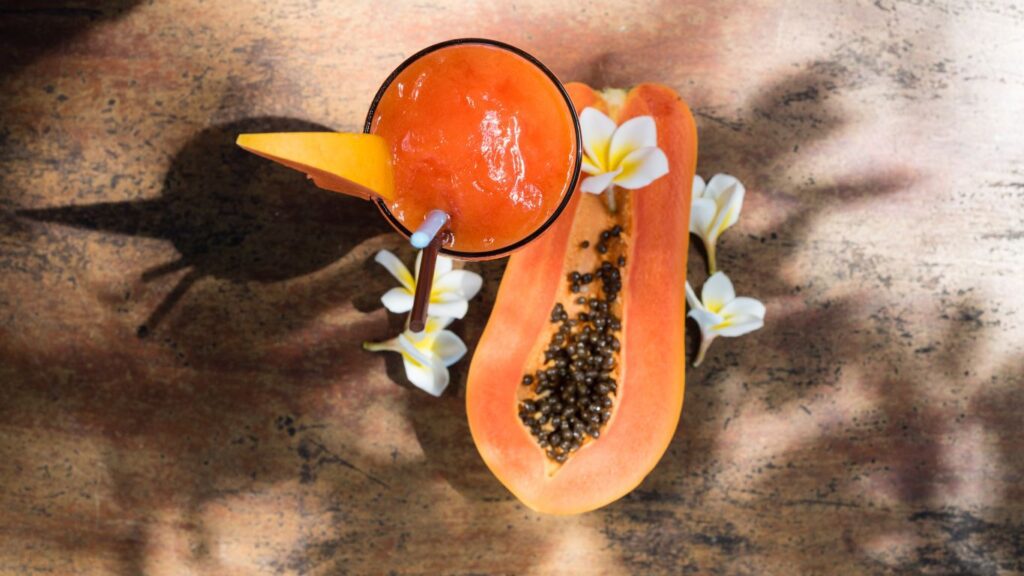
Here’s a sample homemade papaya shake recipe for you to try out.
Ingredients:
- 1 cup ripe papaya, peeled, seeded, and cubed
- 1/2 banana (optional, for added creaminess)
- 1/2 teaspoon vanilla extract
- A pinch of ground cinnamon (optional)
- Ice cubes (optional)
Instructions:
1. Prepare the papaya
Peel the papaya, remove the seeds, and then cop it into small pieces.
2. Blend the ingredients
Place the chopped papayas, banana slices, vanilla extract, ice cubes, and a pinch of cinnamon in a blender. Blend until you get a smooth consistency.
3. Serve
Pour the papaya shake into a glass. You can garnish it with a small slice of papaya or a sprinkle of cinnamon for an extra touch.
Final Thoughts
Incorporating fruits like papaya as a part of your weight loss diet plan can be beneficial and help you see better outcomes. Moreover, this antioxidant-rich fruit will improve your overall health and keep you disease-free.
The next time you’re groccery shopping for low-cost nutritious food, be sure to select the juiciest papaya available. Your body will thank you






